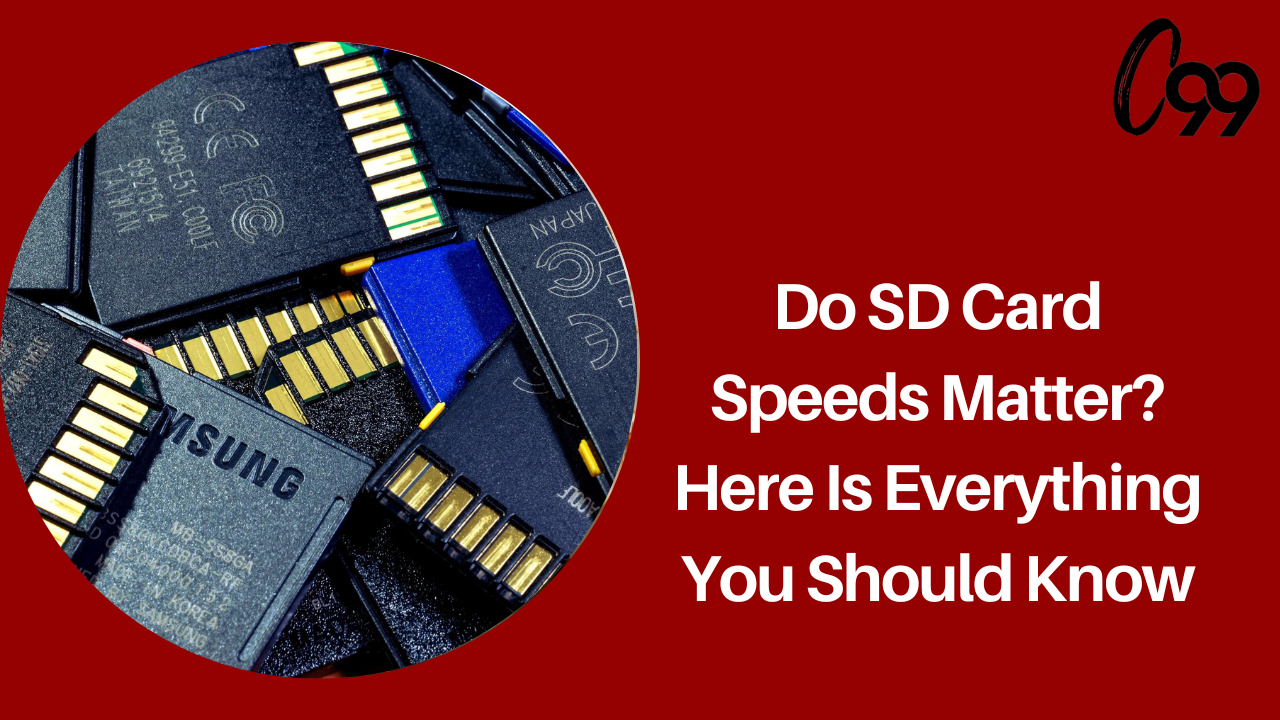UHS buses add further confusion. These are probably more relevant for extremely fast SD cards. Theoretically, the maximum throughput for UHS-I cards is 104 MB/s, whereas the maximum throughput for UHS-II cards is 312 MB/s. They may not actually operate at these rates; the connector’s maximum bandwidth is listed instead.
UHS-II cards are ideal if you plan on performing heavy-duty tasks like recording 6K or 8K videos. Typically, I or II will be used to denote this.
The Movie Pace Course has now been completed. These are shown by a V icon and a number that stands for the bare minimum publication speed in MB/s. The available speeds range from V6 to V90 on the V6, V10, V30, V60, and V90 courses.
A V6 card, for instance, has a minimum output speed of 6 MB per second. While there are undoubtedly faster cards out there, this is a good symbol to keep an eye out for if you’re going for a quick minimum.
Keep in mind that these signs are only placeholders. A card’s listing site or packaging, if not the card itself, is usually where you’ll find its true transfer rates. Always double-check, as there may be a significant discrepancy between the stated minimum score and the actual speed of the card in question.
Don’t forget that reading and writing speeds on SD cards are often different. Even if your memory card can read data extremely quickly, it will be useless if you can’t capture a dozen images in a single second unless it can also write data that fast. In spite of the plethora of symbols and emblems, the easiest approach to ensure that your SD card matches your needs is to look up that card’s speeds specifically.
Also Read: HCL Tech Will Train 18,000 Professionals as Part of An Expanded Cooperation with Google Cloud
Should I Get the Quickest Card?
After reading this, your initial reaction may be to rush out and get the fastest SD card you can find. Nonetheless, there is a minor cost. It’s important to think about your needs because faster SD cards often cost more for the same amount of storage.
A speedier card may be helpful if you need to transfer huge amounts of data simultaneously, such as when saving a large amount of media on the card or reading a large amount of data from the card. However, a slower SD card may be significantly more cost-effective if storage capacity is more crucial.
As an illustration, here is a 128 GB SD card designed for filmmaking that can record up to 8K footage (depending on the structure) and can process information at speeds of up to 280 MB/s. You may expect to pay around $150.
Here, however, is an additional 128 GB SD card that can “only” read data at up to 170 MB/s and typically sells for $45. It’s best to strike a balance between what’s perfect for you and what can result in a substantial premium for higher speeds.
Also Read: WhatsApp Rolls out Big Privacy Update for Android Users
Also, think about the standalone benefits of your product. Faster SD cards won’t operate with the Nintendo Swap because of its limited transfer speed of over 95 MB/s. At that rate, additional storage will be of much greater utility. Though important, speed is not the most crucial factor.



Comments are closed.